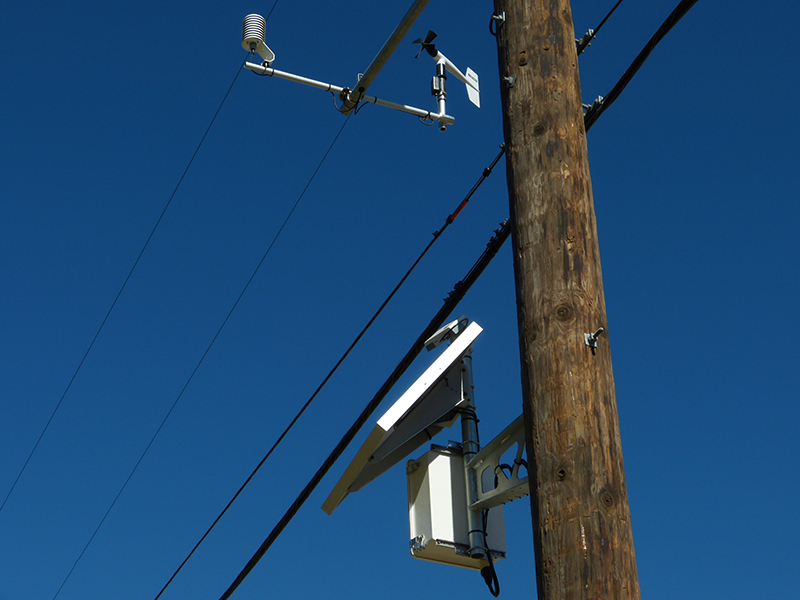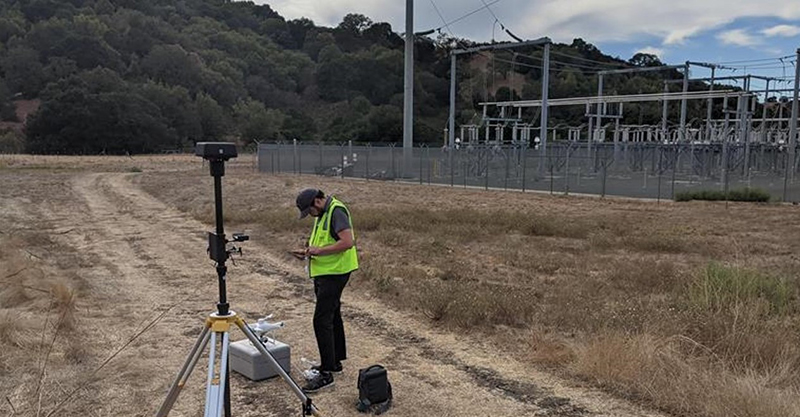Grid modernization is an idea that takes on classic utility challenges and new ones too. Many long-standing assumptions about generation, climate, and customers are changing. As a result, utilities are changing too.
The US Department of Energy (DOE) established its Grid Modernization Initiative in response to changes in societal values. The DOE strategy addresses sustainability, security, reliability, resilience, flexibility, and overall affordability. That last one is the real pinch point!
Each of the goals is doable on its own. However, taken together grid modernization is forcing utilities to implement novel and innovative responses. Answers lie beyond the reach of simply doing more of the same. Comprehensive solutions demand elegant new approaches to make changes in the right places.
“Look at the world around you. It may seem like an immovable, implacable place. It is not. With the slightest push—in just the right place—it can be tipped.”
How can elegant solutions be identified? Grid modernization is a transition to new ways of understanding, thinking, and working. Information powers them all (explore).

Data, analytics, and modeling sit at center stage. And, as with most leadership efforts, nothing moves forward without crystal clear communication. Reflect on these areas when assessing grid modernization readiness.
6 Areas of Readiness
- Customary design and planning tools rely on very simplified models of the power system. They use timeworn methods. Quite simply, they are not up to the task. The goals necessitate a real-world real-time view of the entire electric system, including customers.
- Many new devices are coming on-scene. Adoption must push beyond the proof of concept stage. Management at scale depends on automation. Automation hinges on a digital twin simulation of the physical. Expanded models, adequate to support operational systems, are essential to reaching the goals.
- To ensure security and resilience, utilities must reduce vulnerability. The goal is to anticipate, prepare for, and effectively respond to emergencies. Threat locations, impacts, asset details, and weather forecasts must be understood in light of the overall electric system.
- Real-time measurements increase situational awareness. They provide inputs for decision support. This relatively new style information is key when it is tied to assets and customers. The modern workforce can change how they work with a real-time view on their device of choice.
- Common power flow, operations, and control systems are often very conservative. Slow to change, many neglect today’s brilliant computing techniques. Obsolete concepts break down when it comes to distributed generation, transportation electrification, and energy storage. Only a new information framework can handle the complexities of a modern grid.
- Atop the technical needs, is the necessity to communicate better with every stakeholder. Employees, regulators and customers want to see the plans and the progress. Colorful new visualization techniques can be used to communicate ideas more clearly.

Information systems to support grid modernization must operate at scale. They will include more detail, external data sources, real-time inputs, and advanced analytics. However, changes to information technology infrastructure cause ripples.
When I worked at the utility, I had to reject several interesting point solutions that did not fit well into the enterprise. Today, services-based architectures enable enterprise solutions to integrate well while respecting security protocols for both applications and data.
ArcGIS helps utilities address the information solutions critical for grid modernization. Location technology ties utility information together. ArcGIS Utility Network enables elegant approaches to each of the above considerations — in cost-effective ways. To see how Esri’s location technology supports grid modernization, download the ebook.

